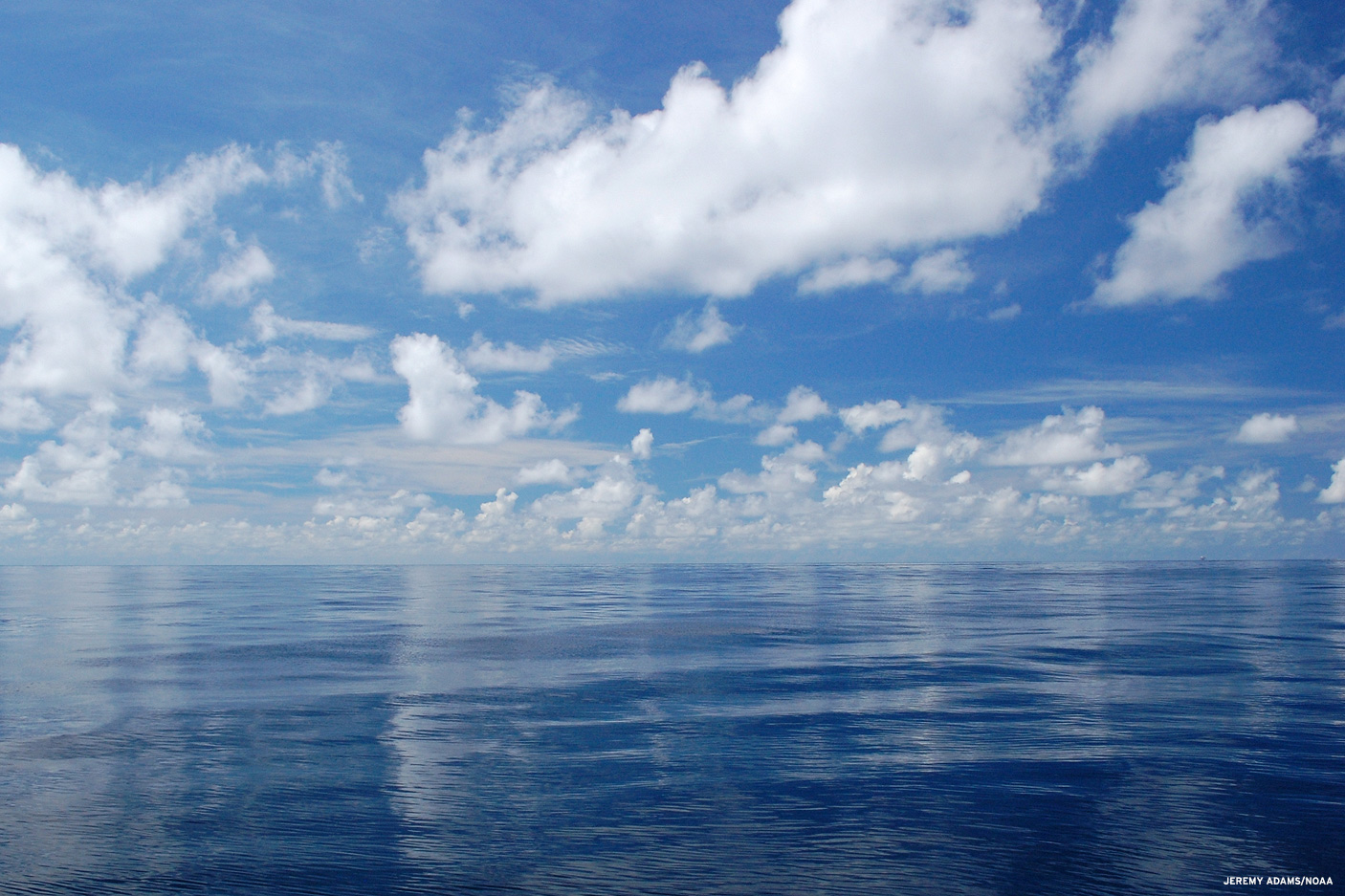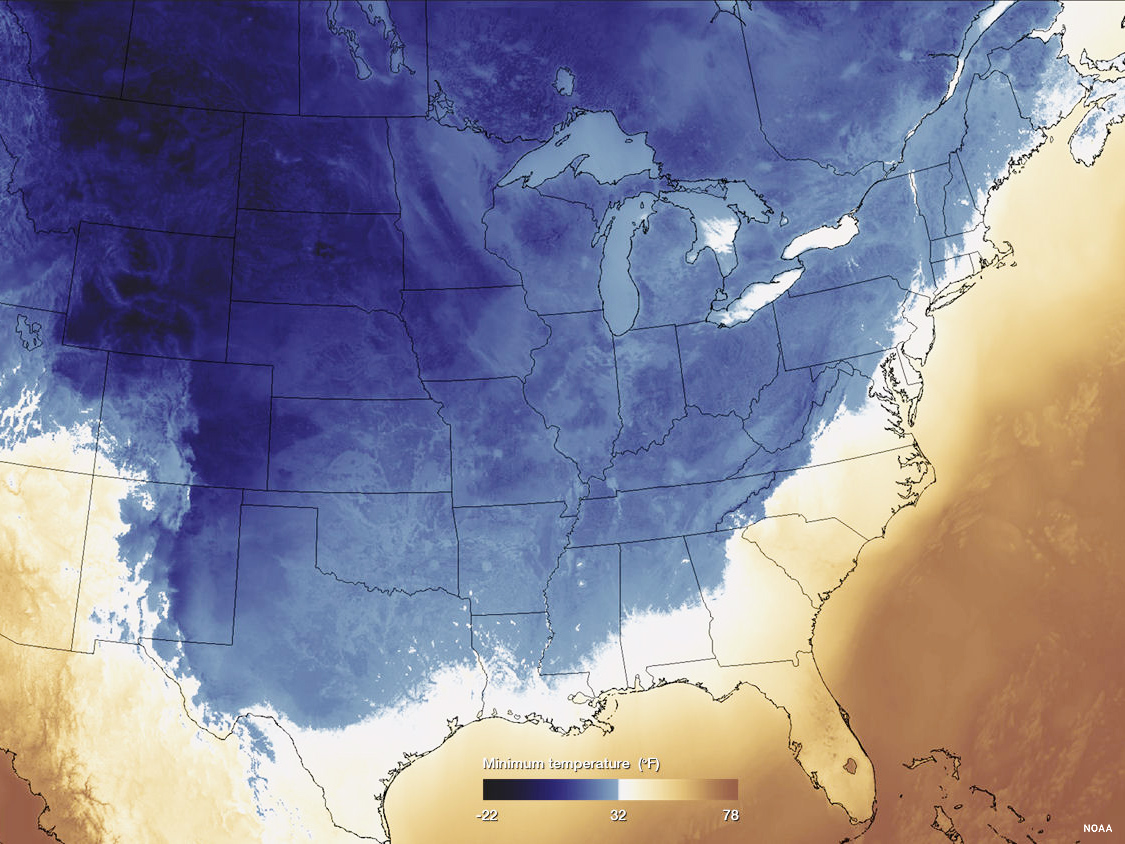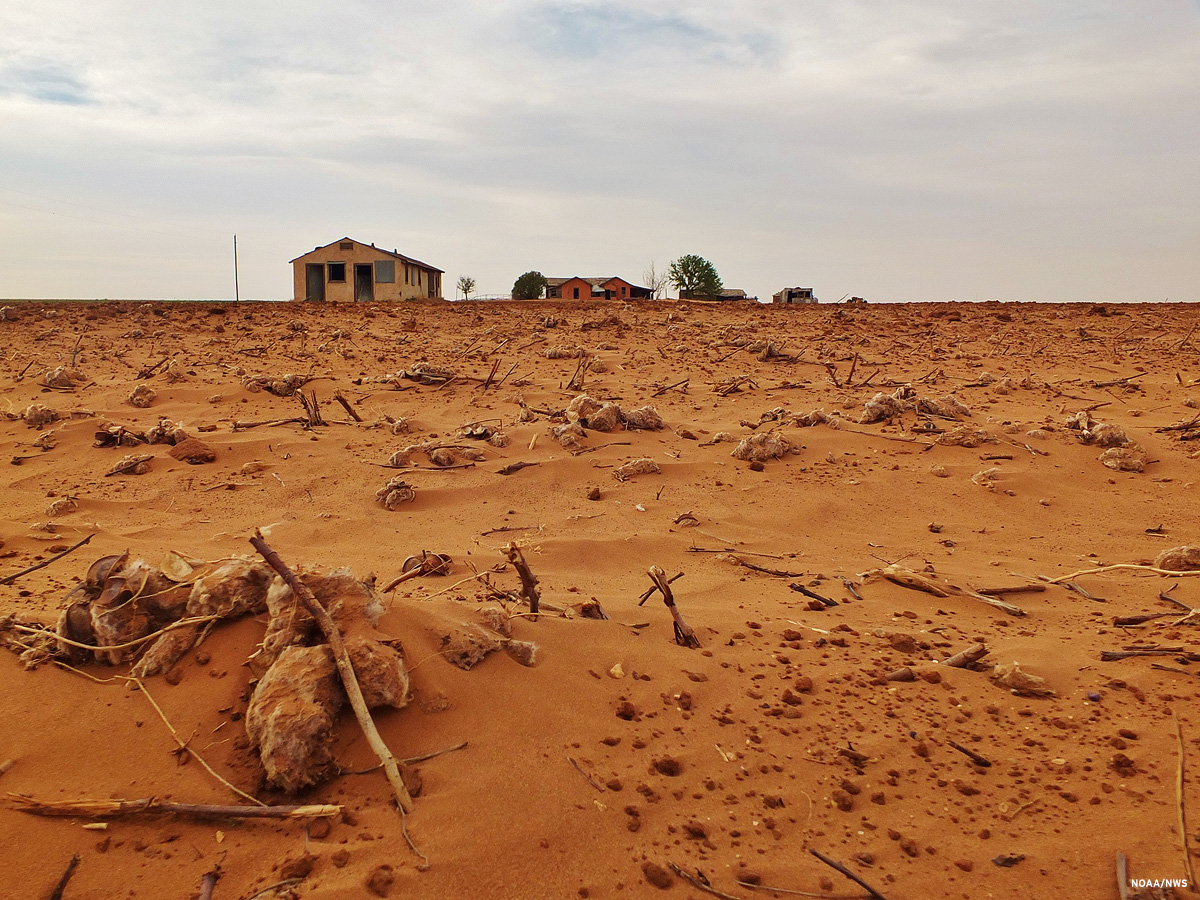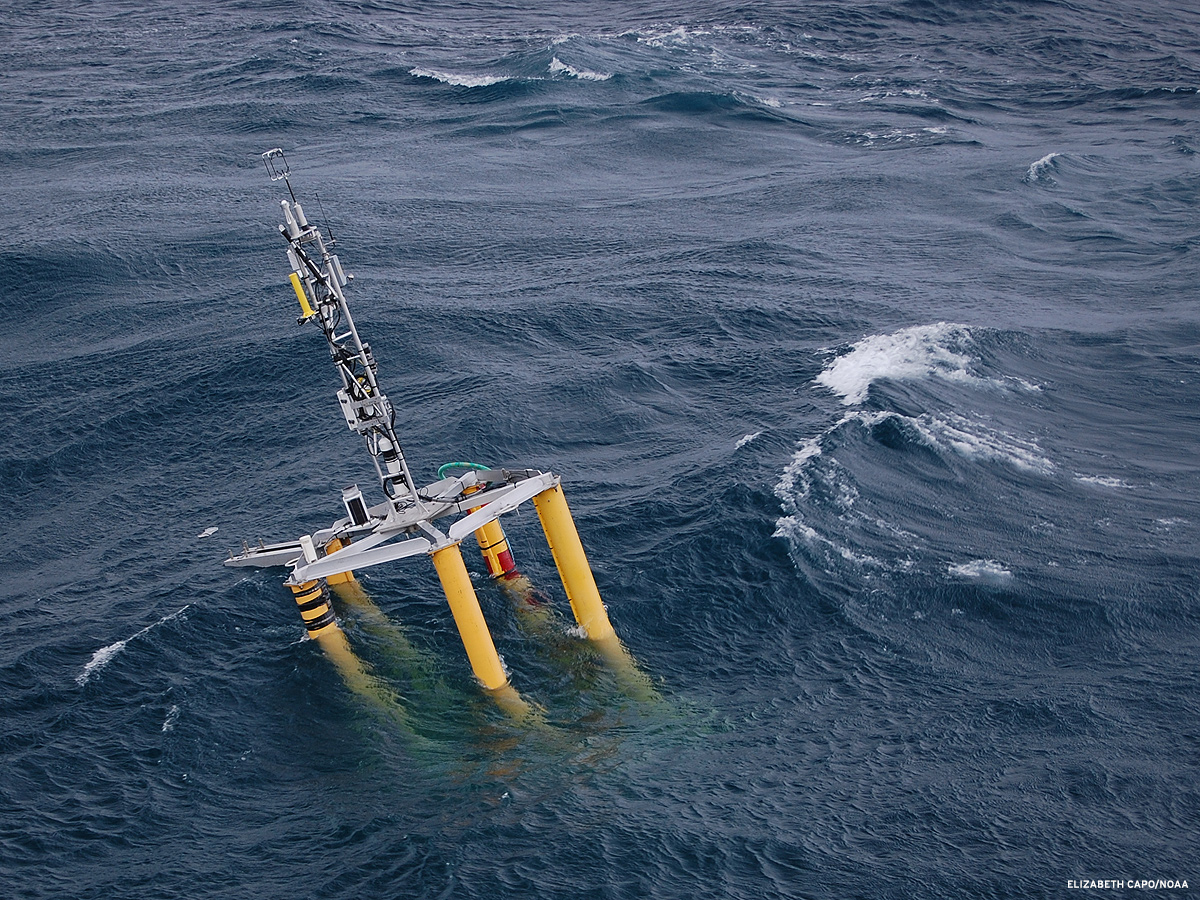


Focuses on the quantification of the effect of human activity on atmospheric ozone and aerosols.
We provide real time information on surface ozone, aerosols composed of particles smaller than 2.5 micron diameter (PM2.5) and total column ozone (reflecting mainly the amount of ozone in the stratosphere).

Cimate analysis and modeling research seeks to refine our understanding of the functioning of the climate system.
We perform statistical and dynamical analyses of Earth observations and numerical modeling of ocean-atmosphere-land-cryosphere interactions.

The cryosphere encompasses systems where ice is present, including glaciers, ice sheets, sea ice, and seasonal snow cover.
We explore mass changes in the world's large ice sheets, Antarctic and Greenland. We also monitor changes in polar sea ice and study interactions between ice, oceans, and the atmosphere.

Atmospheric models are based on the physical/dynamical equations that govern the atmospheric flow
Our department is at the forefront of research that improves prediction via enhanced data assimilation schemes and computing algorithms.

Remote sensing methods, especially since the advent of Earth-observing satellites, allow scientists to learn about the Earth and record it with unprecedented detail and frequency.
We develop inference techniques of numerous geophysical parameters, implement and evaluate retrieval algorithms, and use remotely sensed information in climate modeling and research.

The development and application of data assimilation methods to reconstruct the changing climate of the oceans as well as the overlying atmosphere.
Massive increases in the data available from satellite-based instruments, as well as insights resulting from increasingly effective computer simulation, are driving this field of study.

Understanding the carbon cycle is imperative for predicting future climate change due to anthropogenic burning of fossil fuels.
We trace the carbon cycle's path through the Earth system, research its past through paleoclimatology, and predict its effect on Earth's future using climate models.